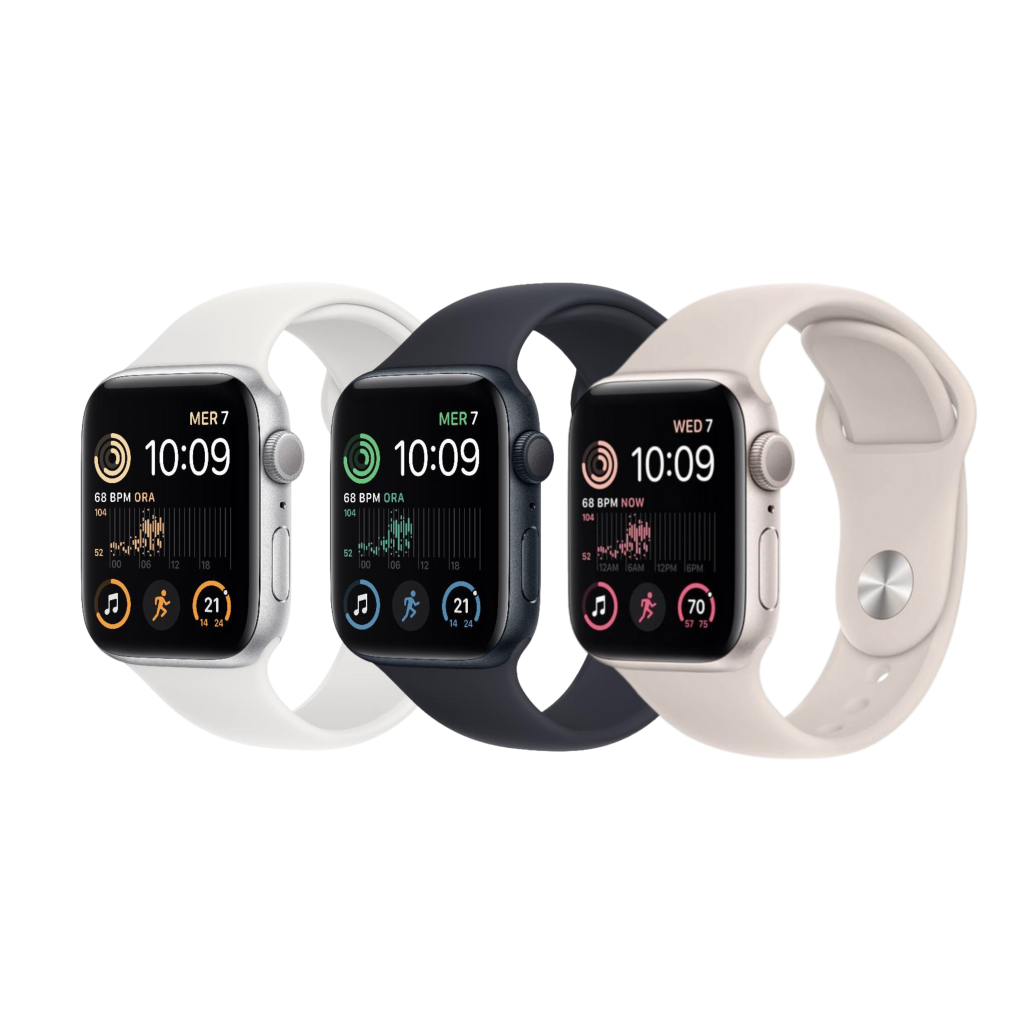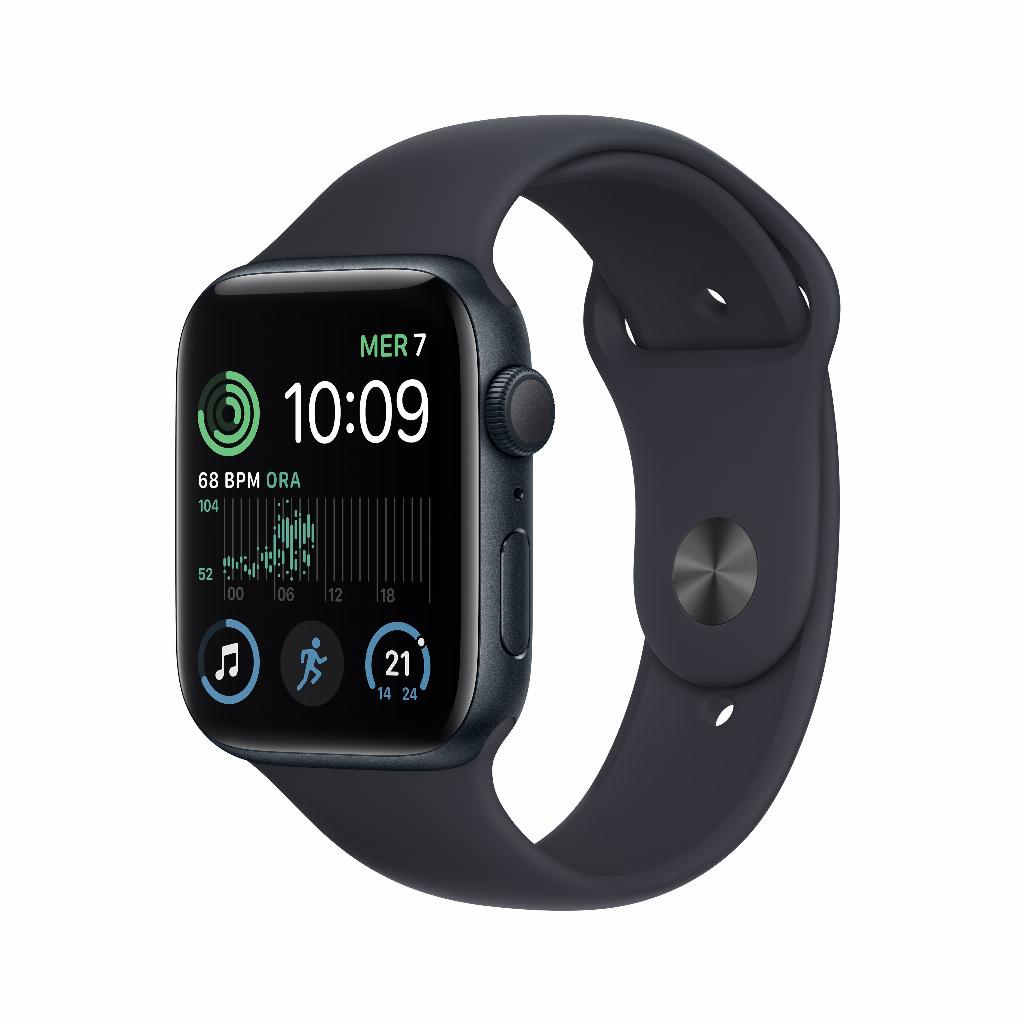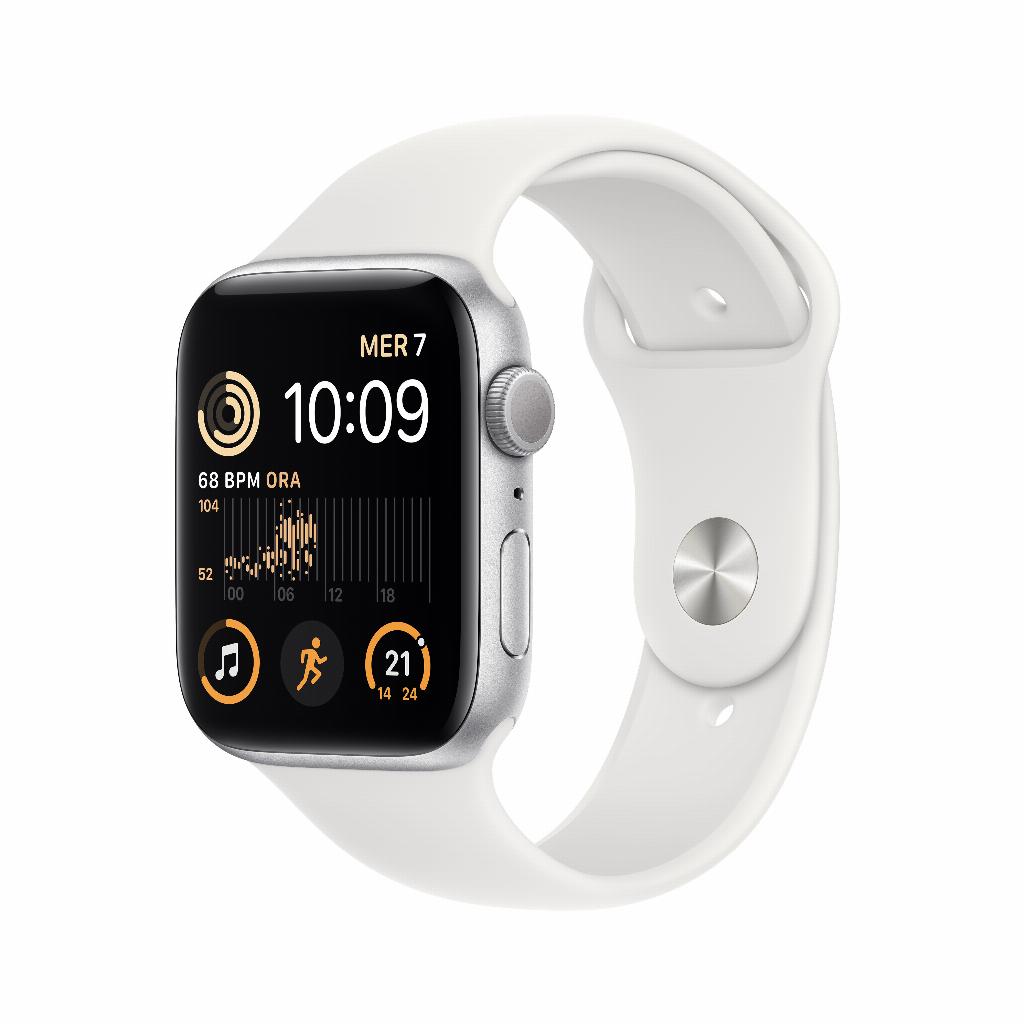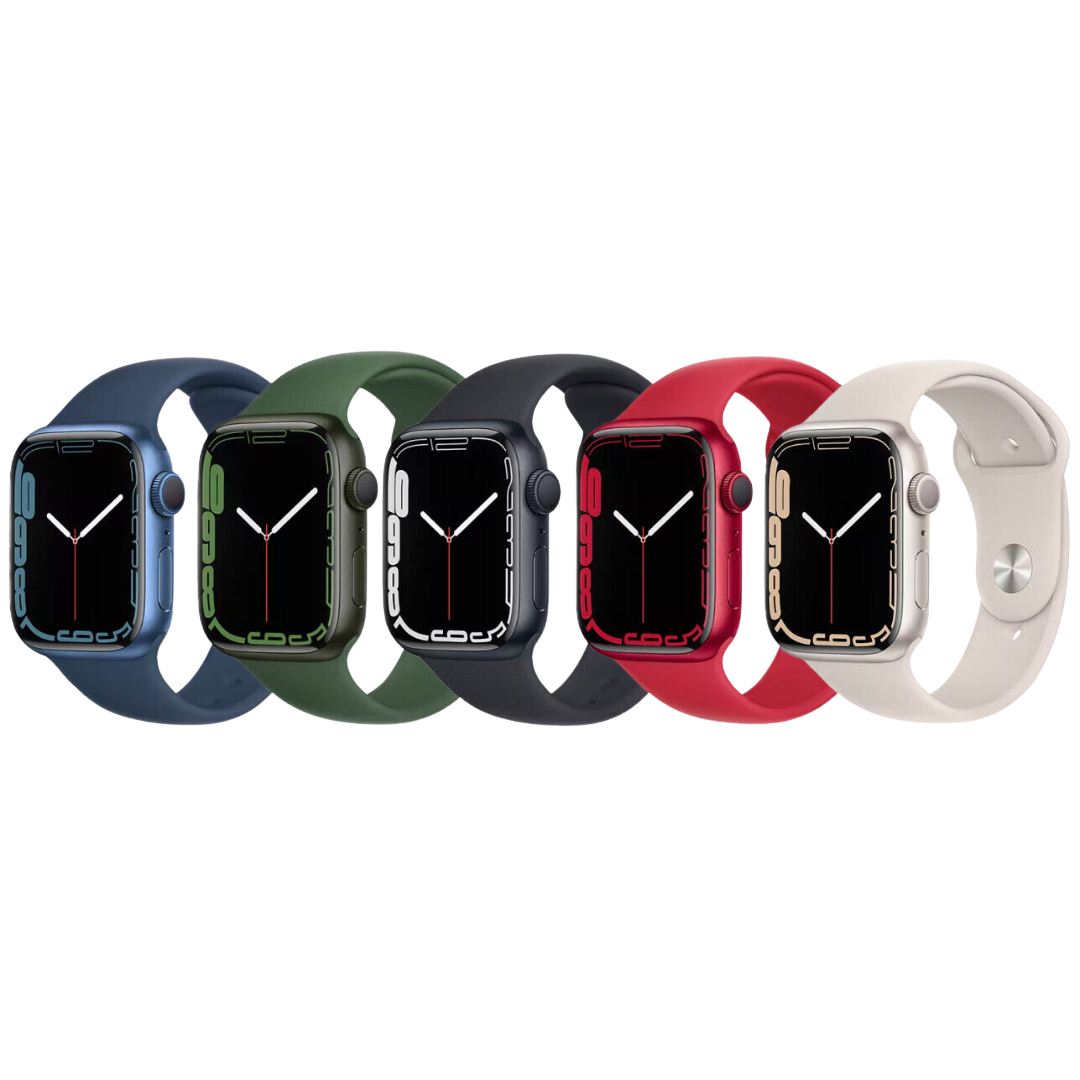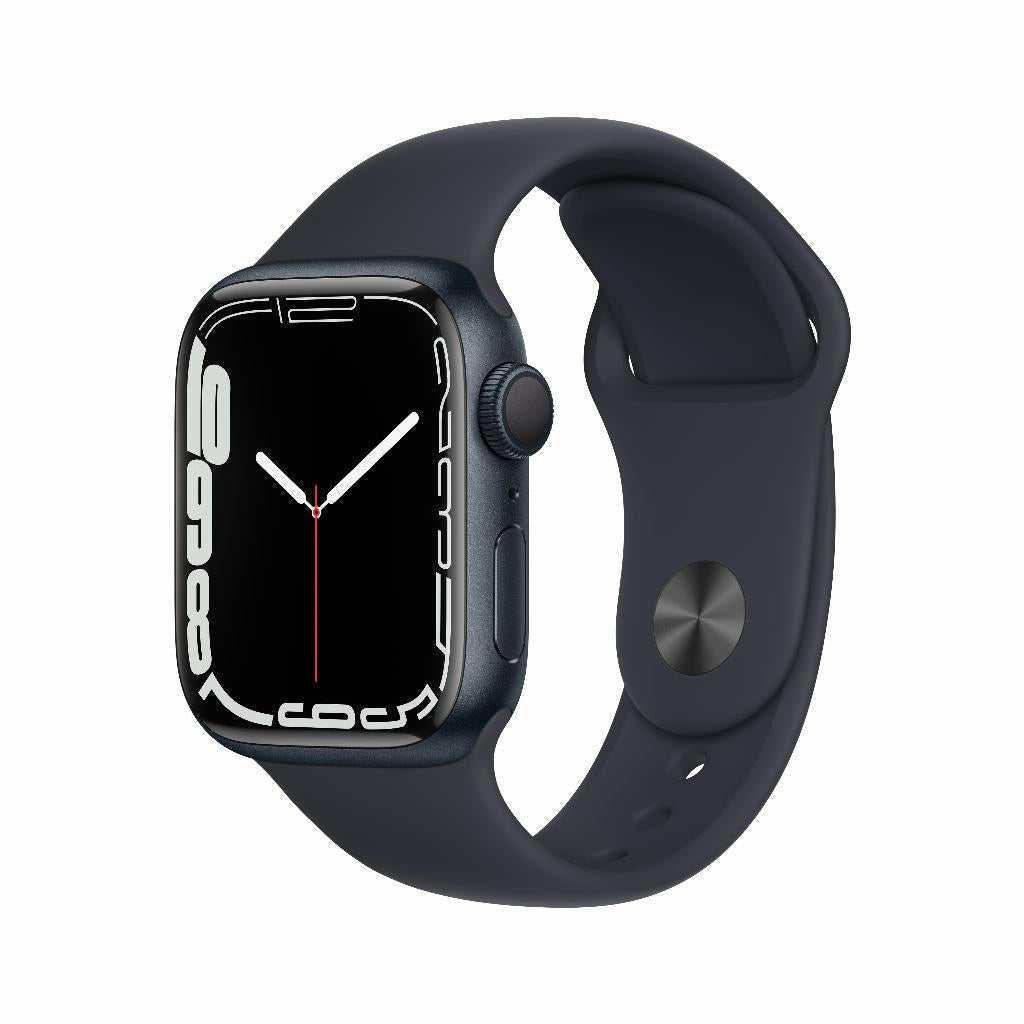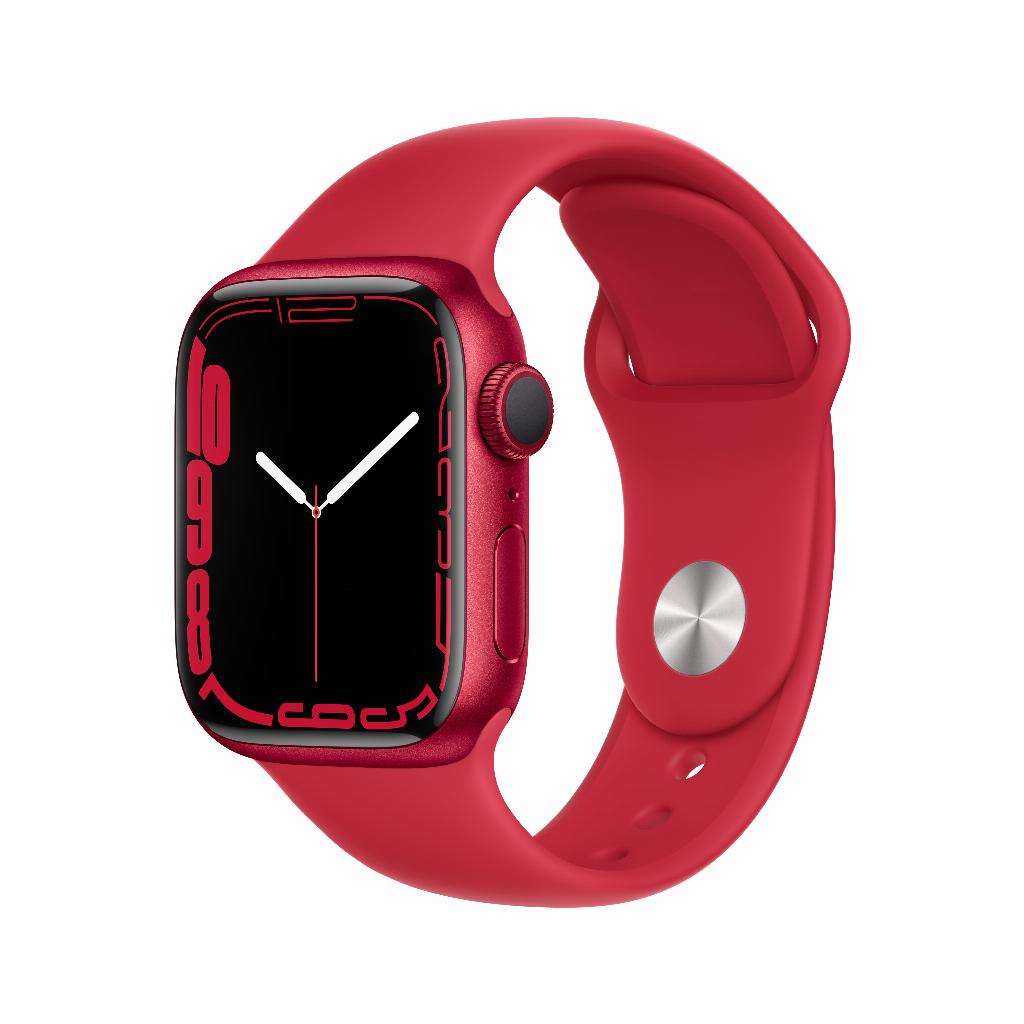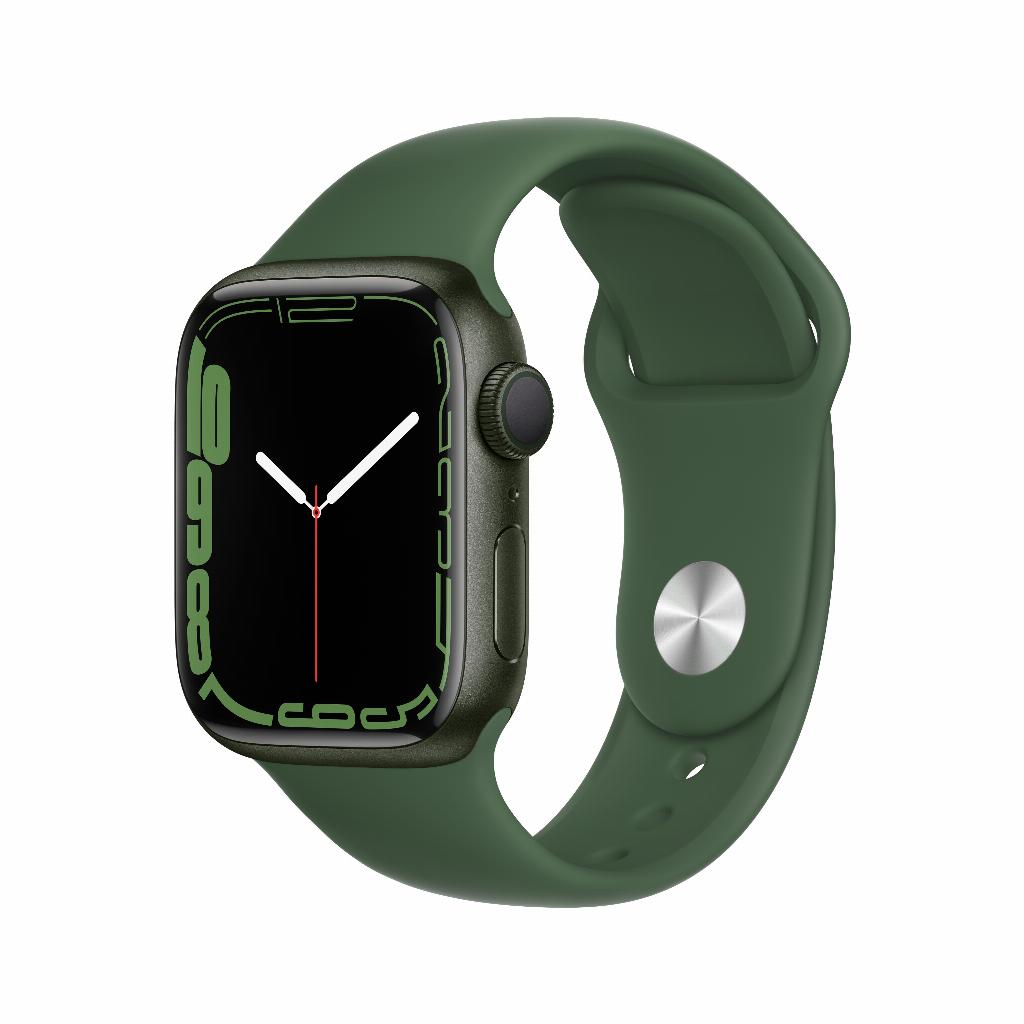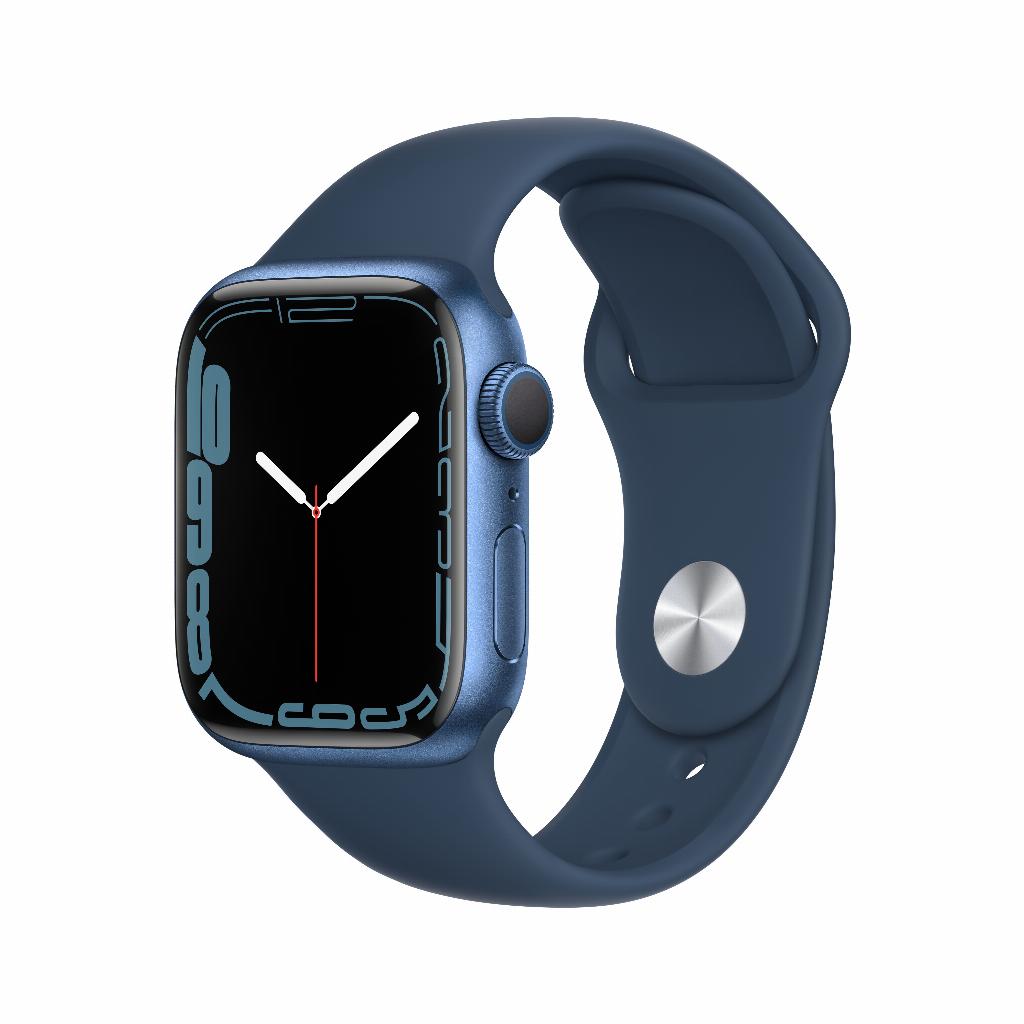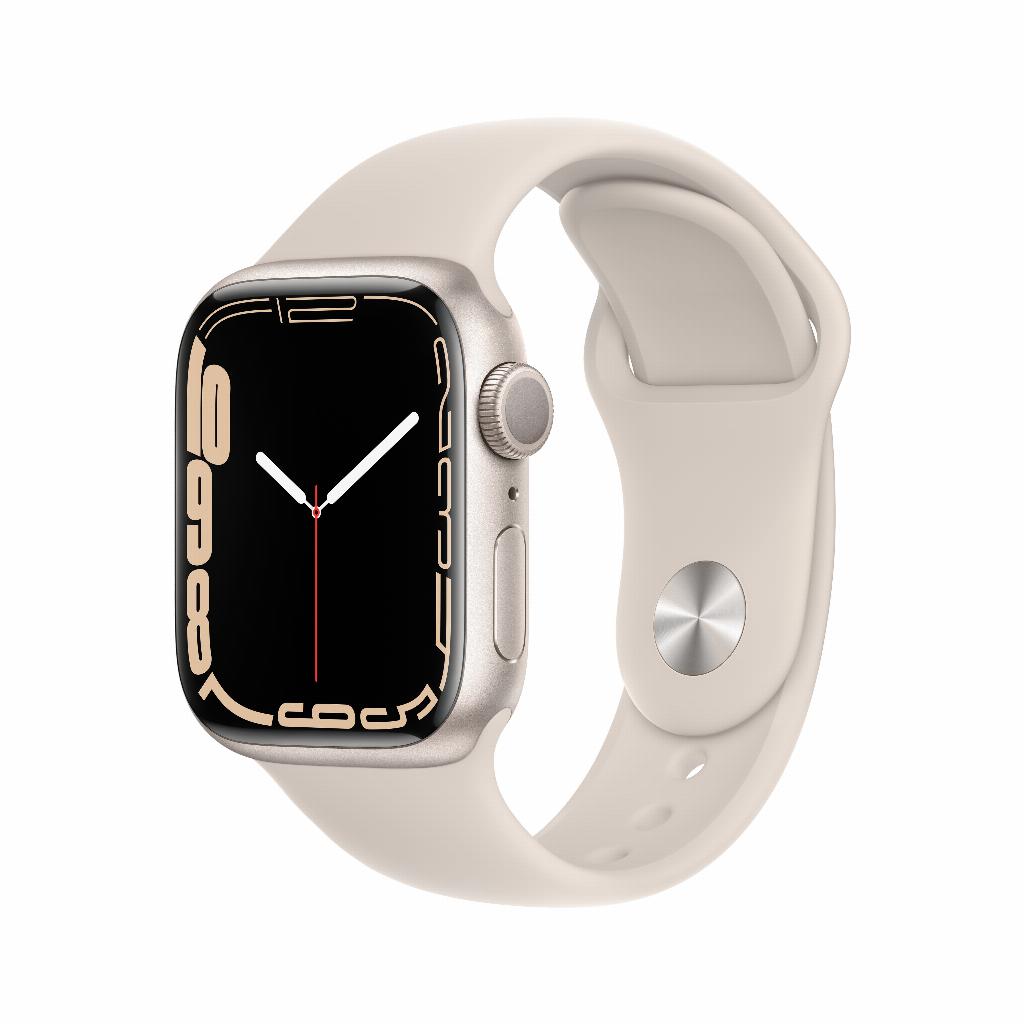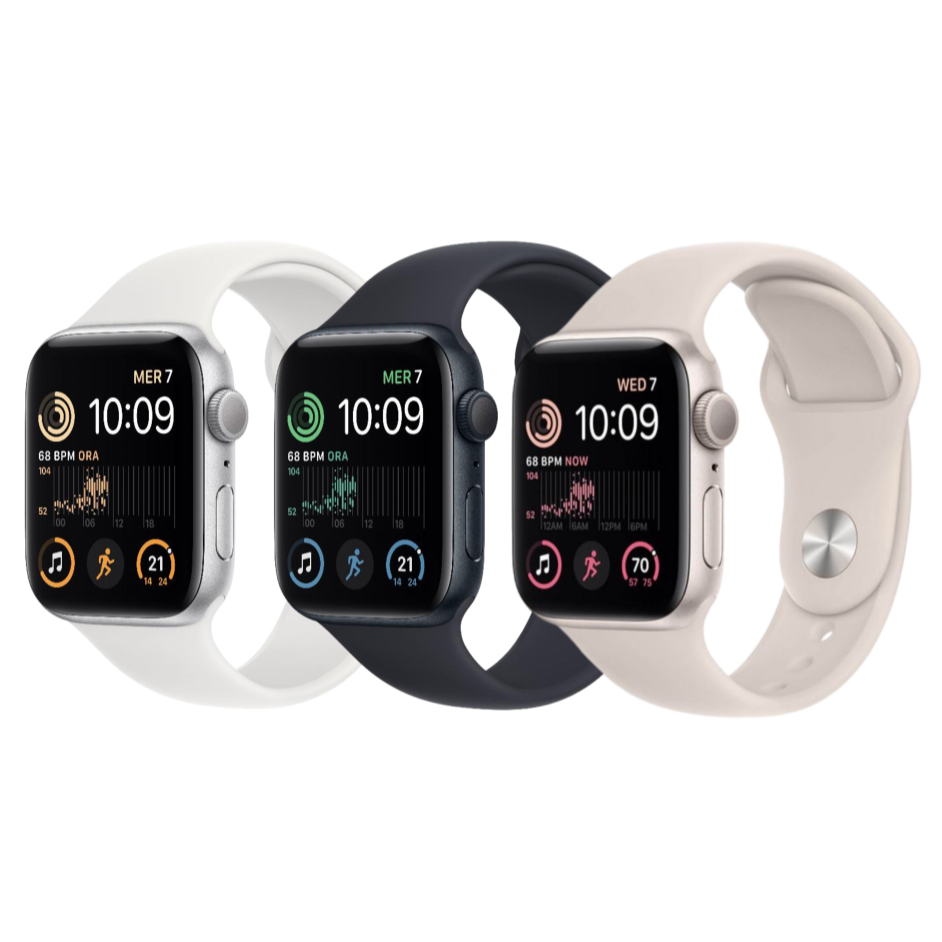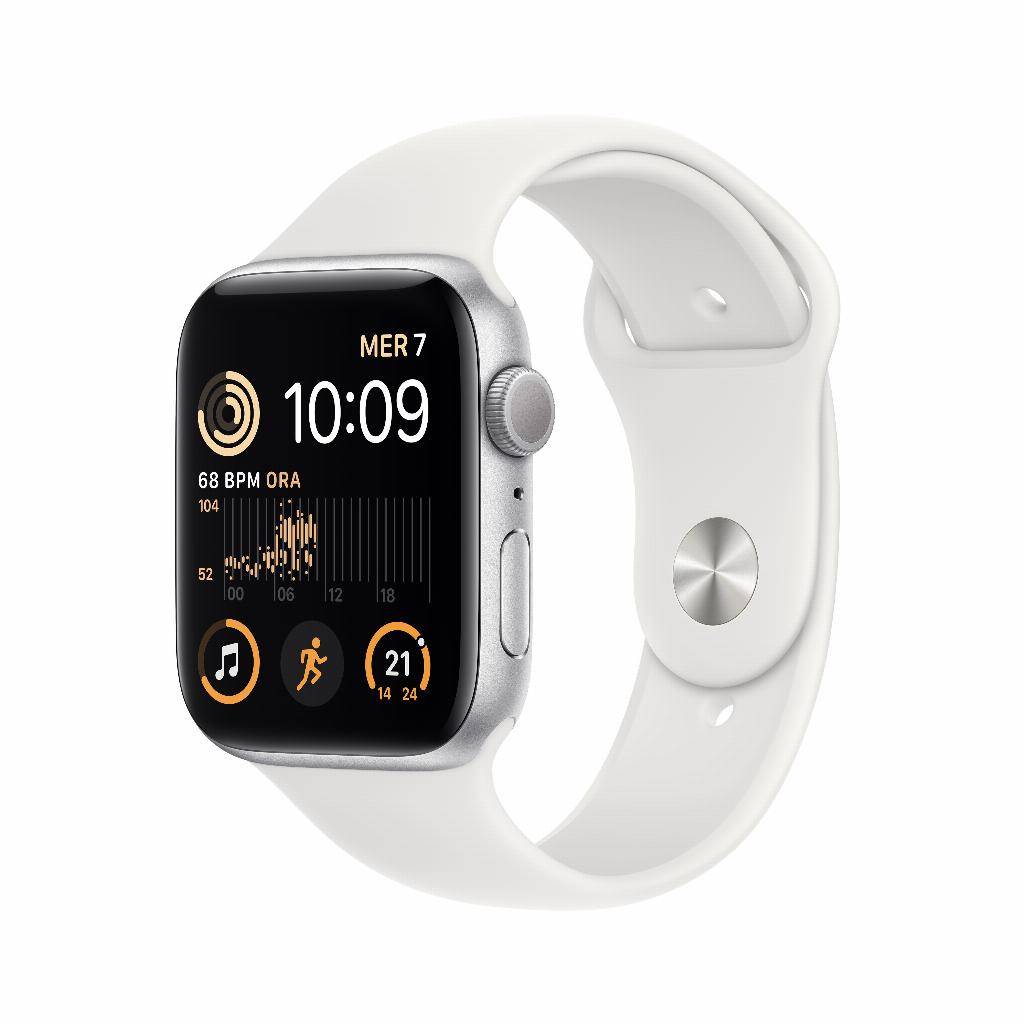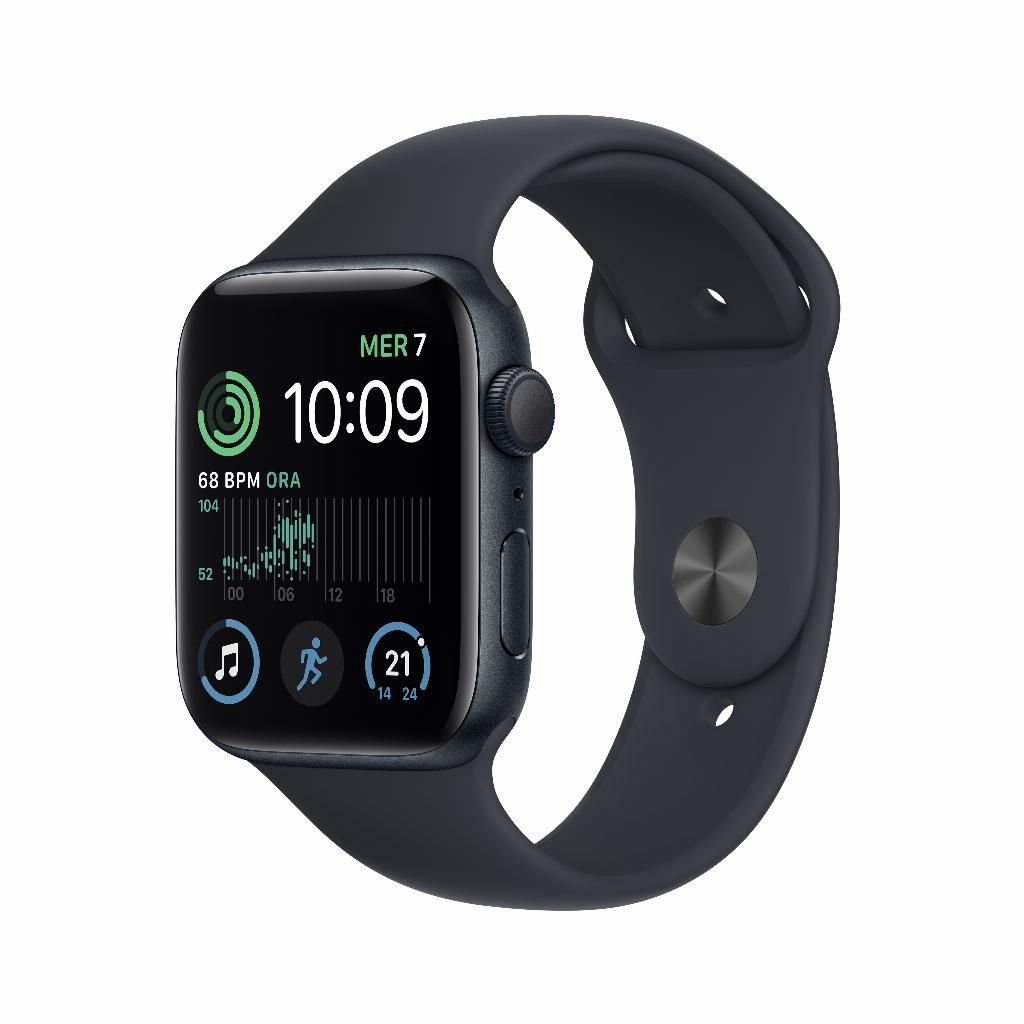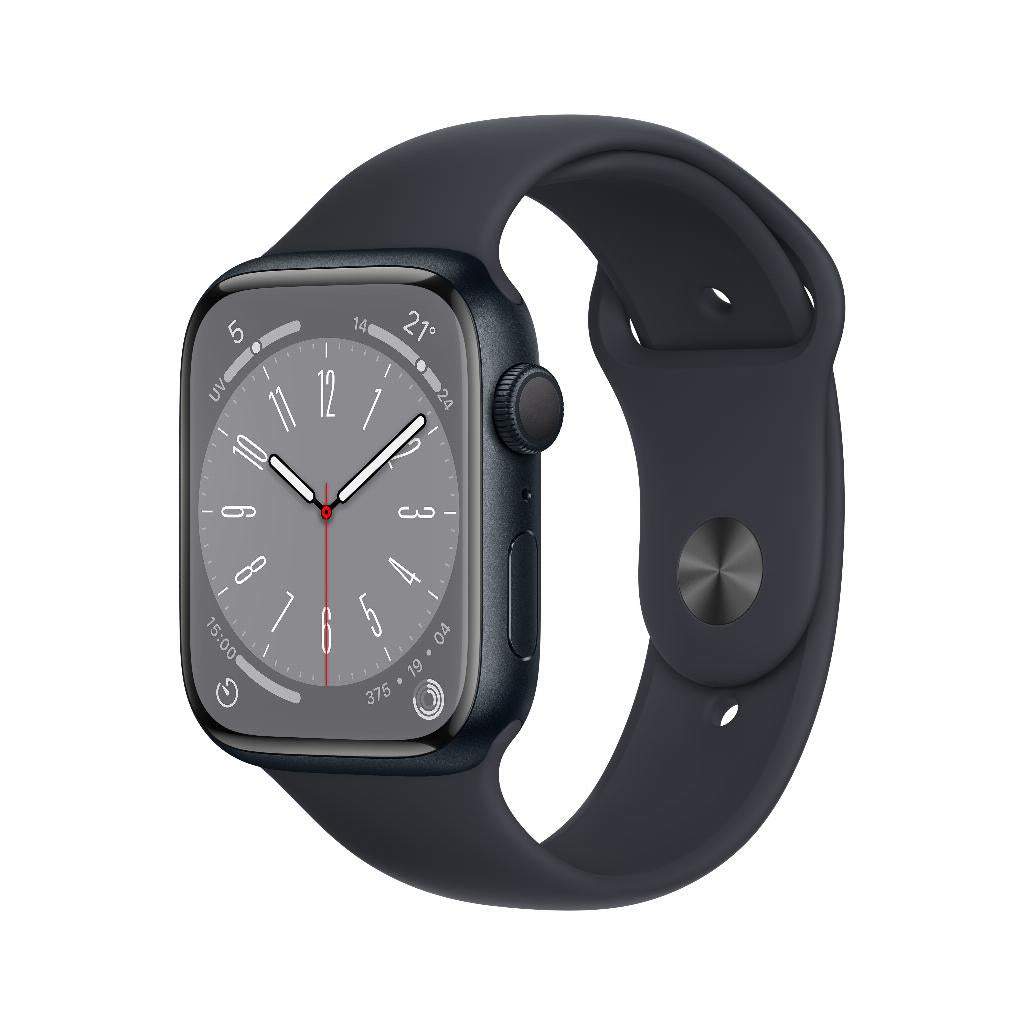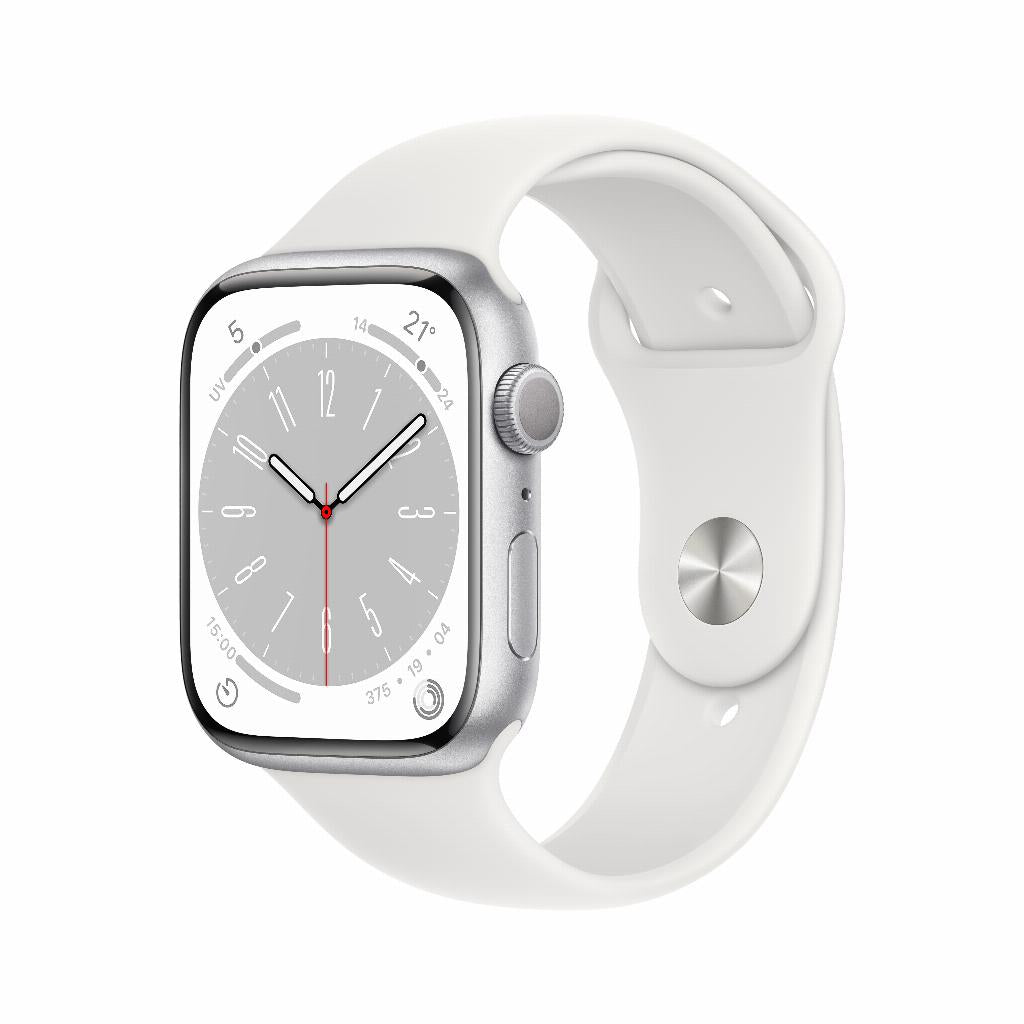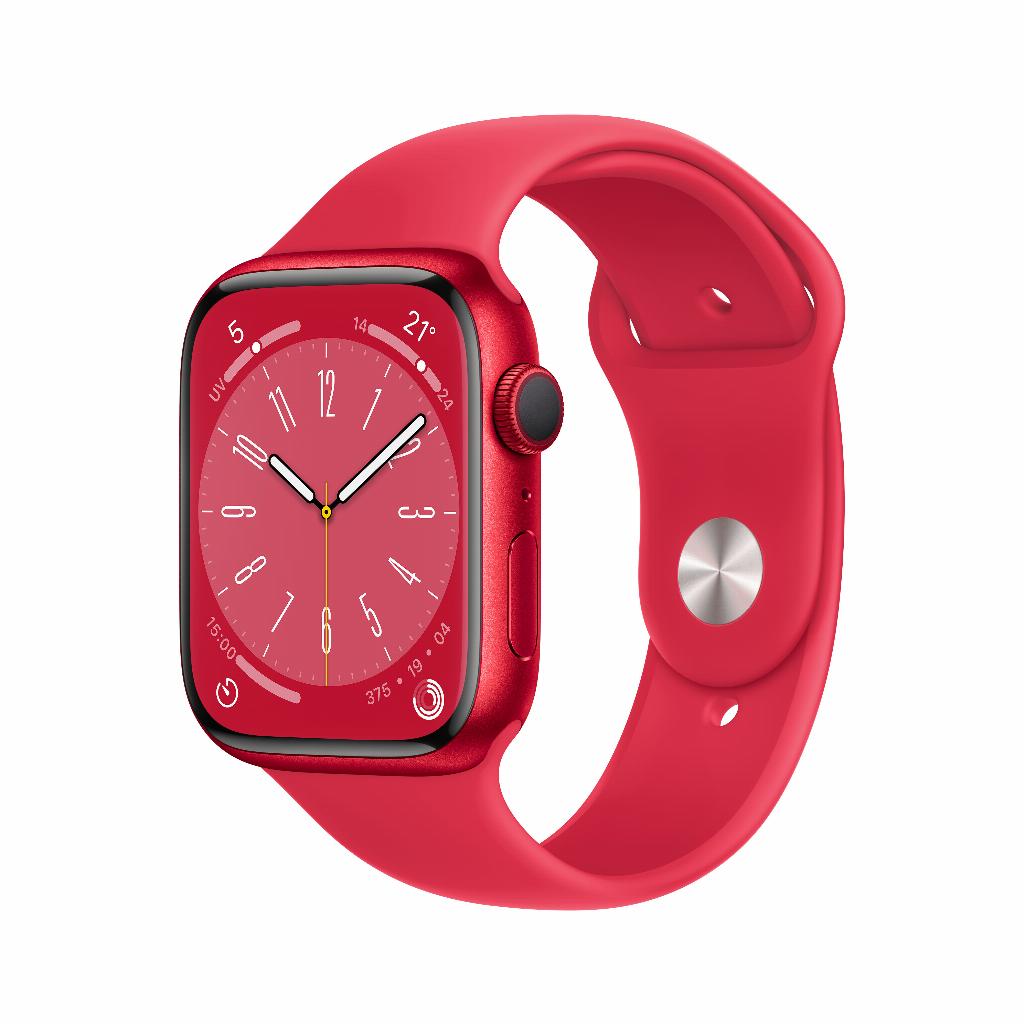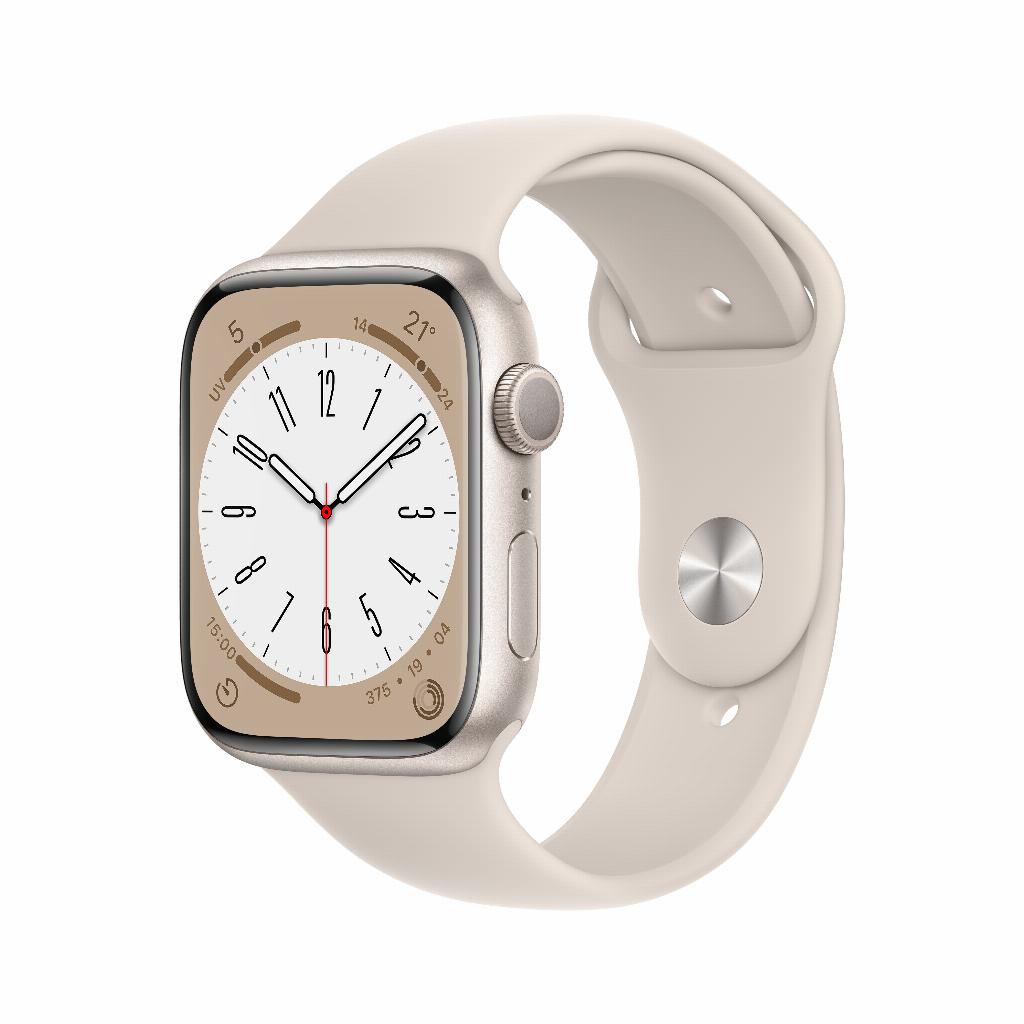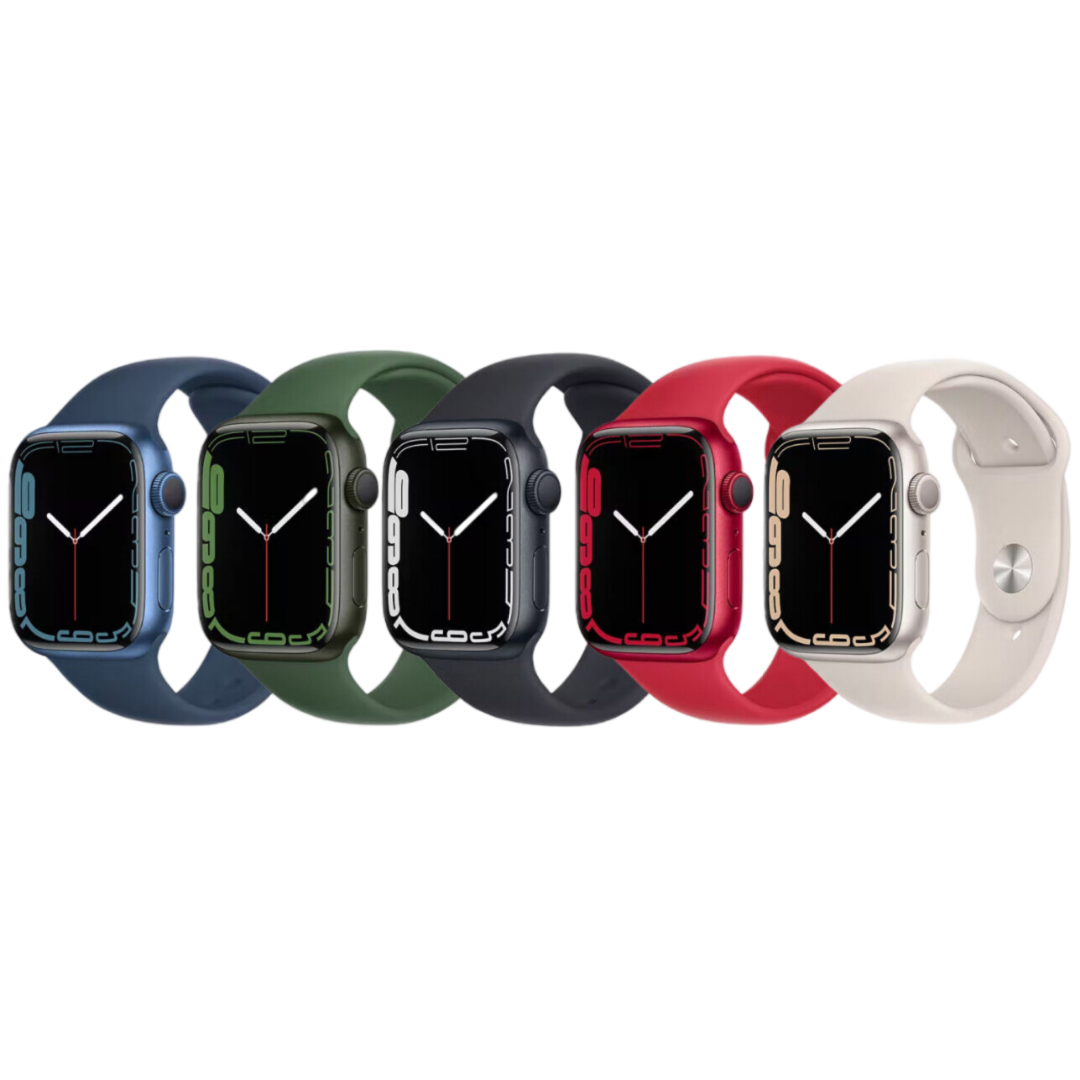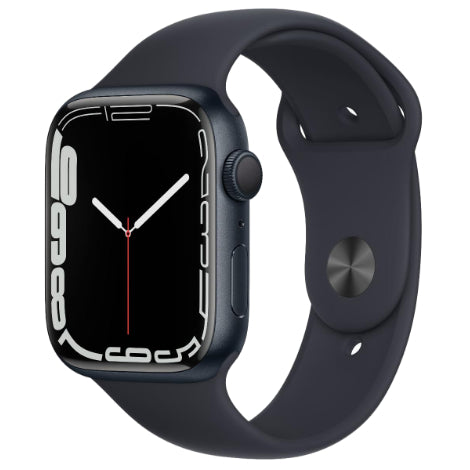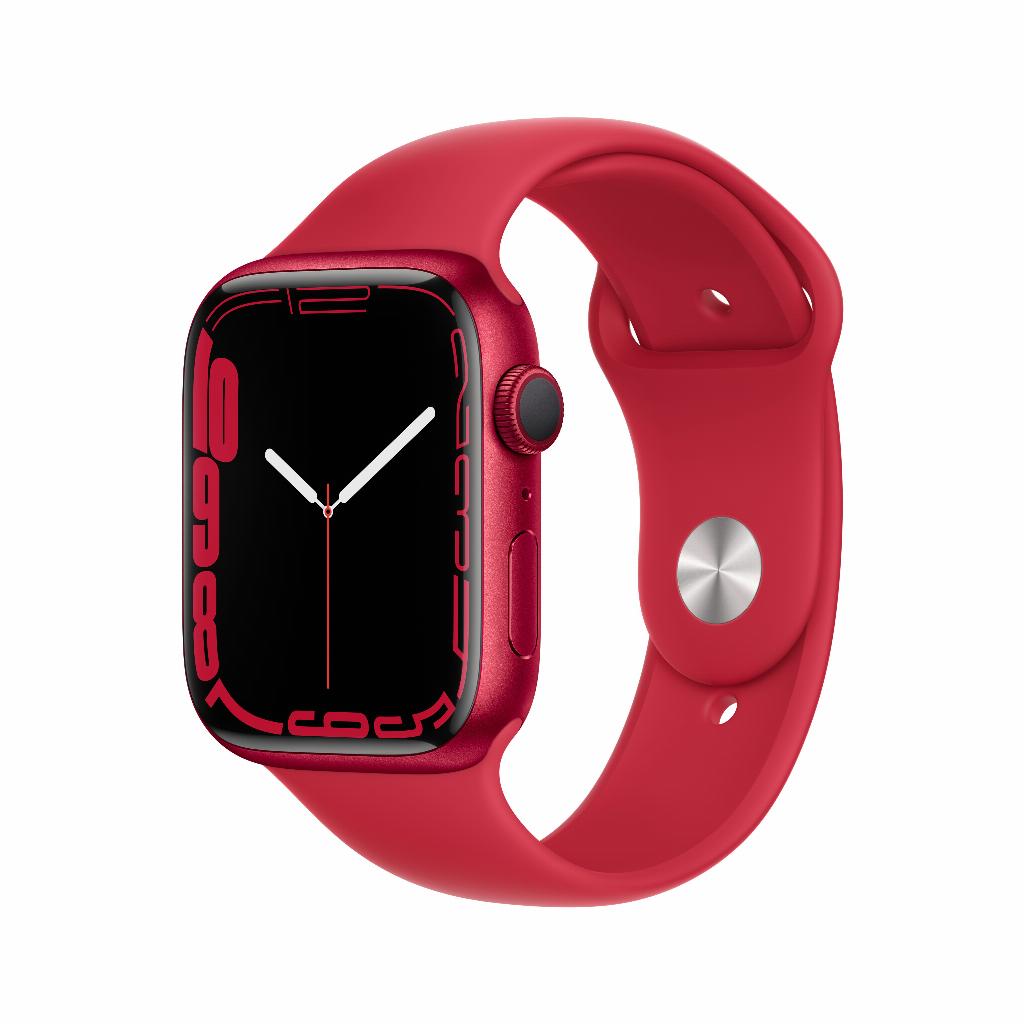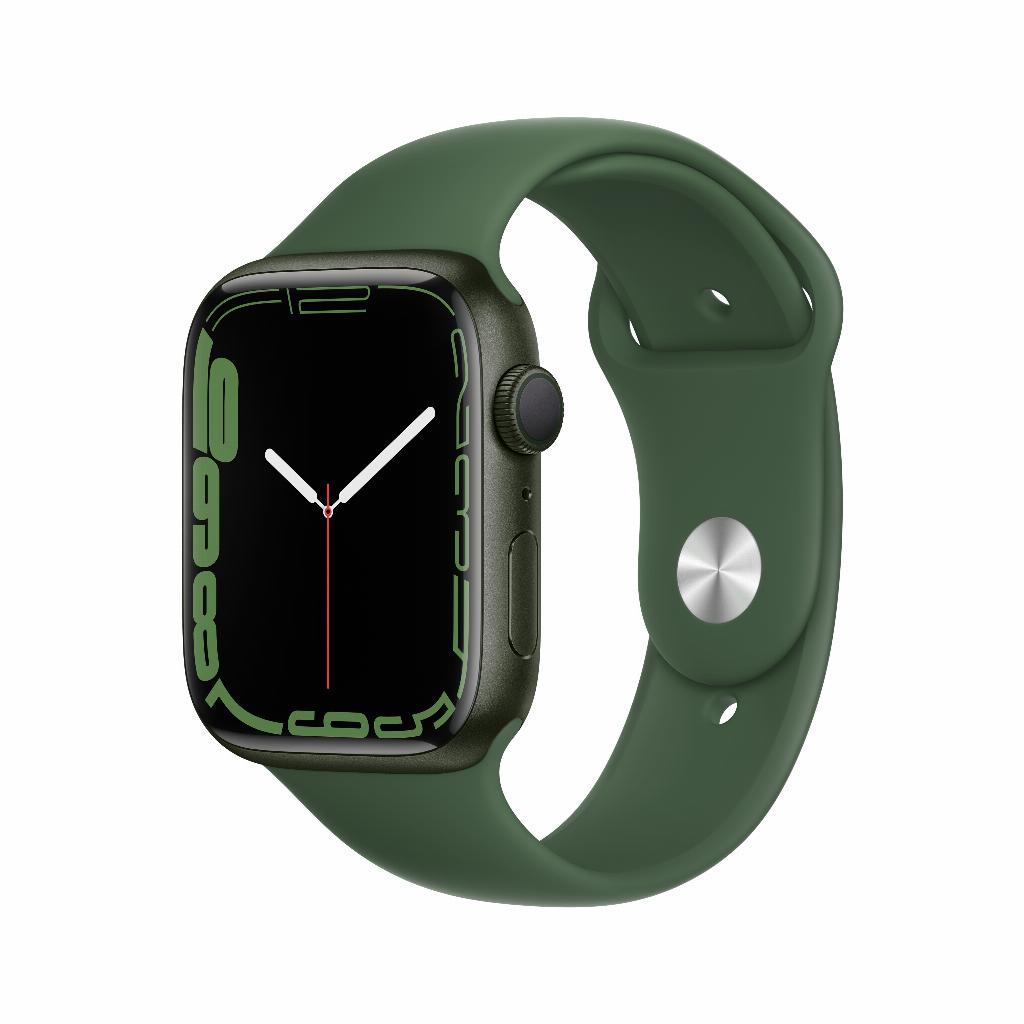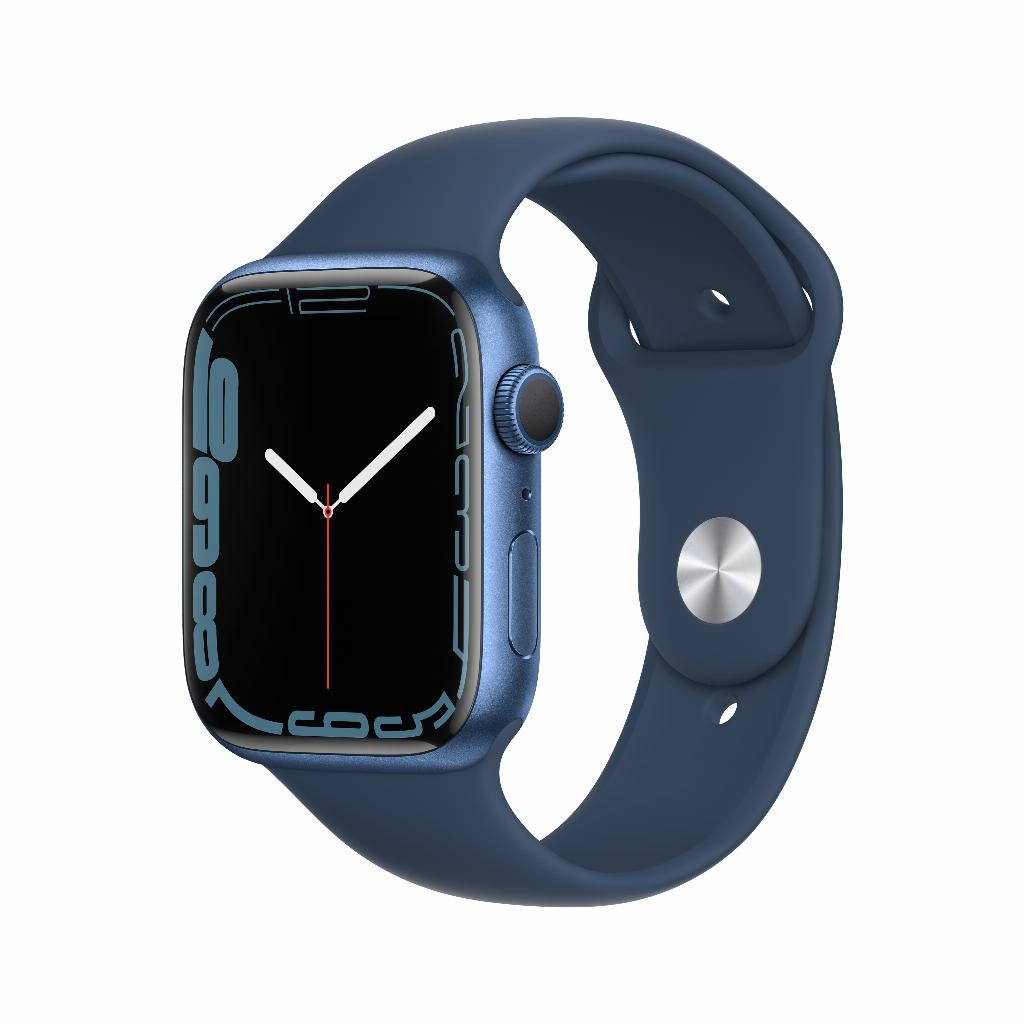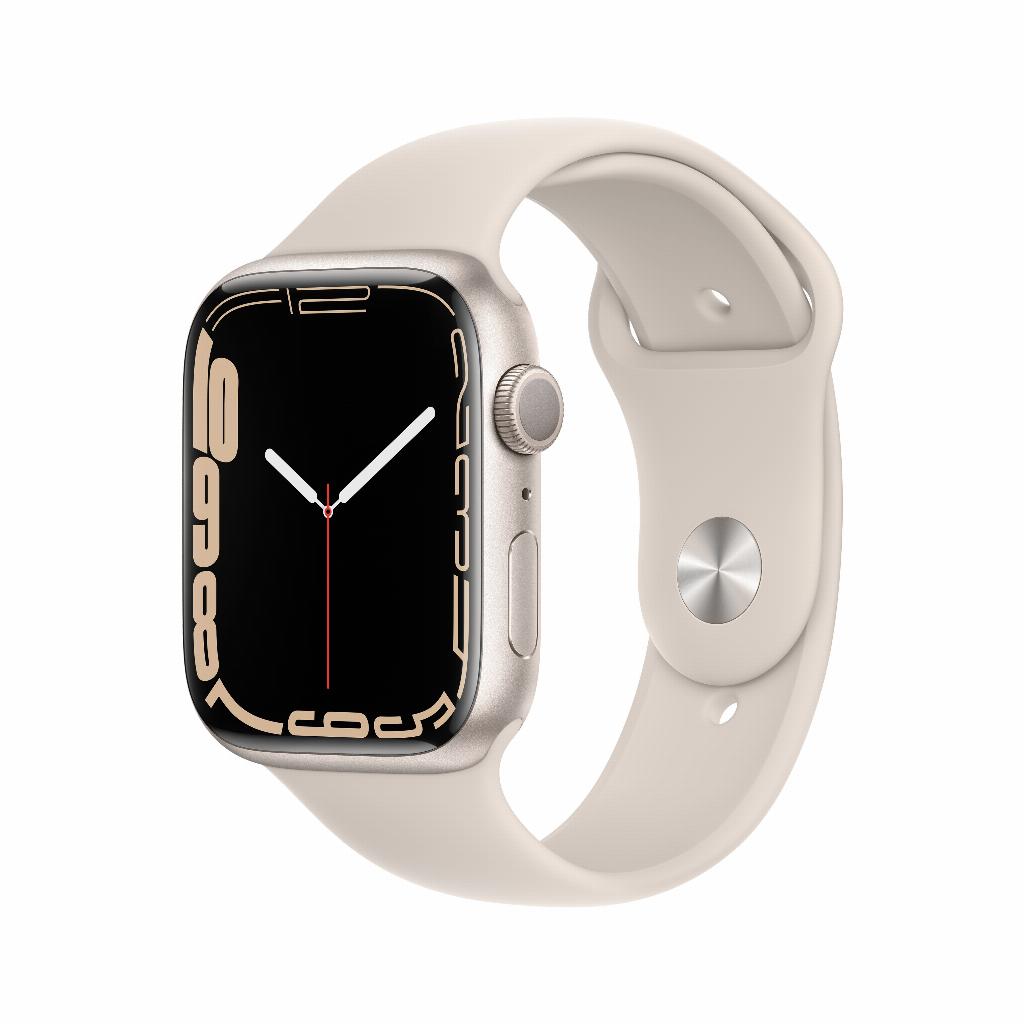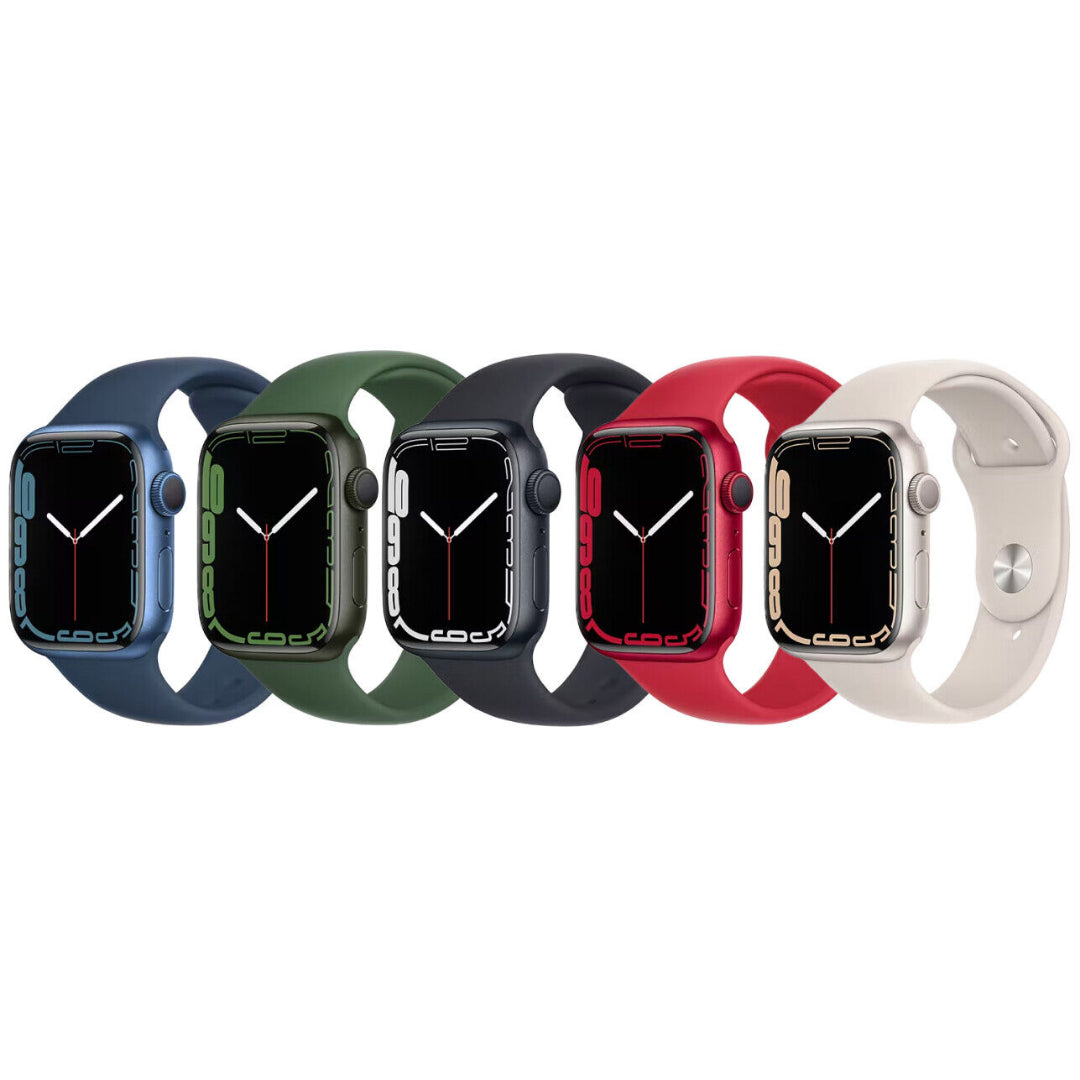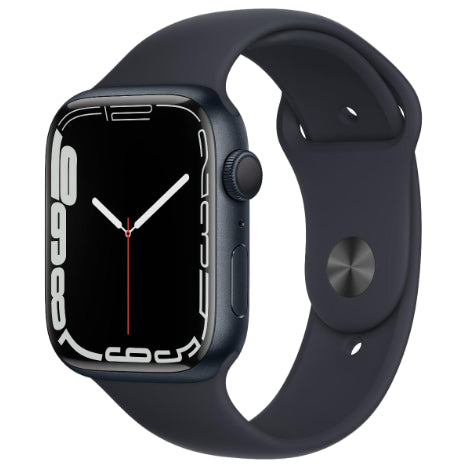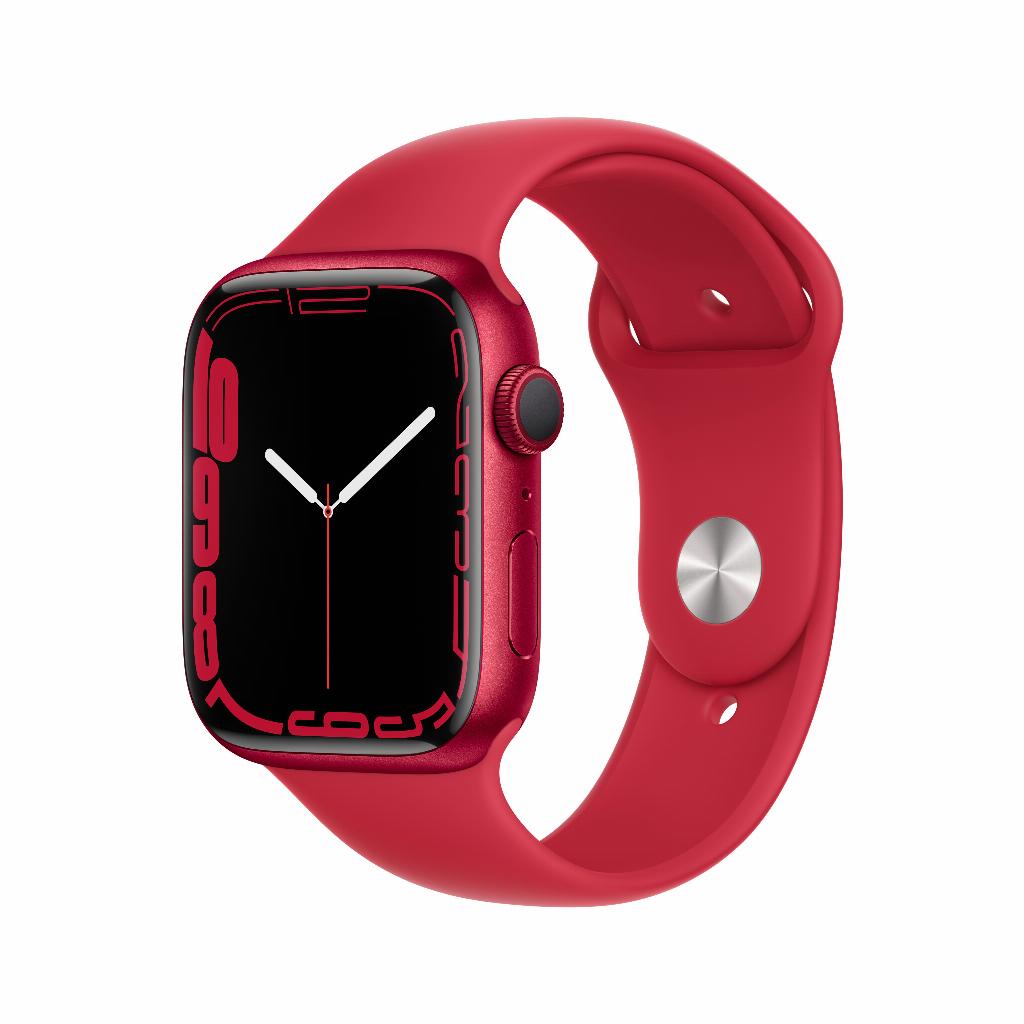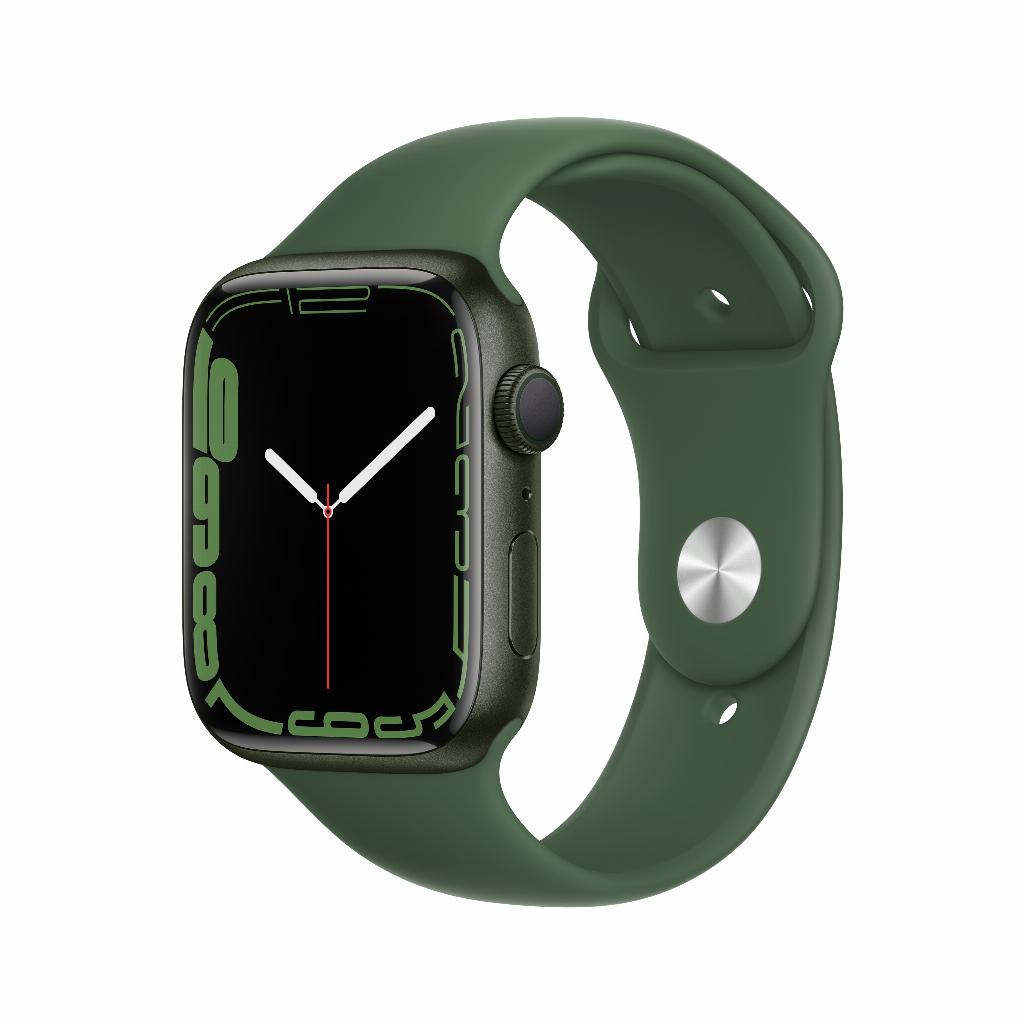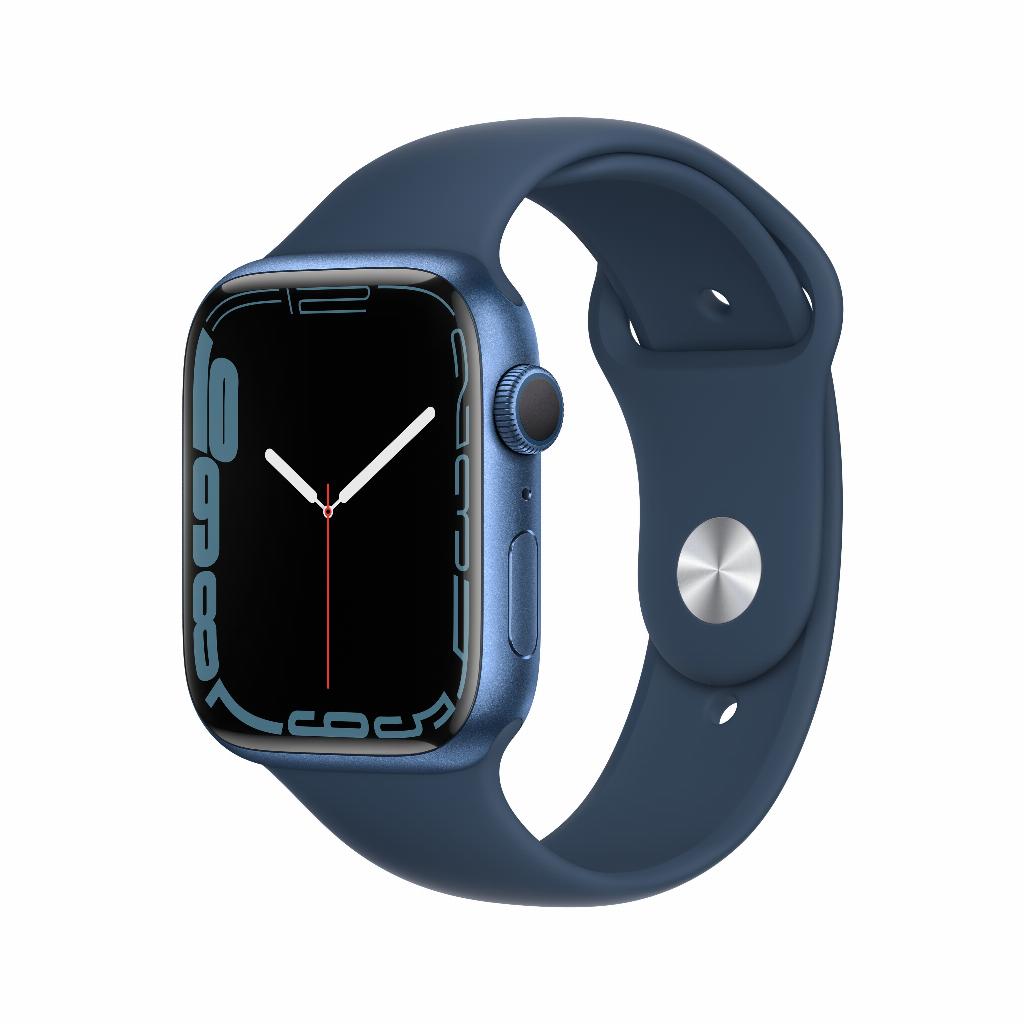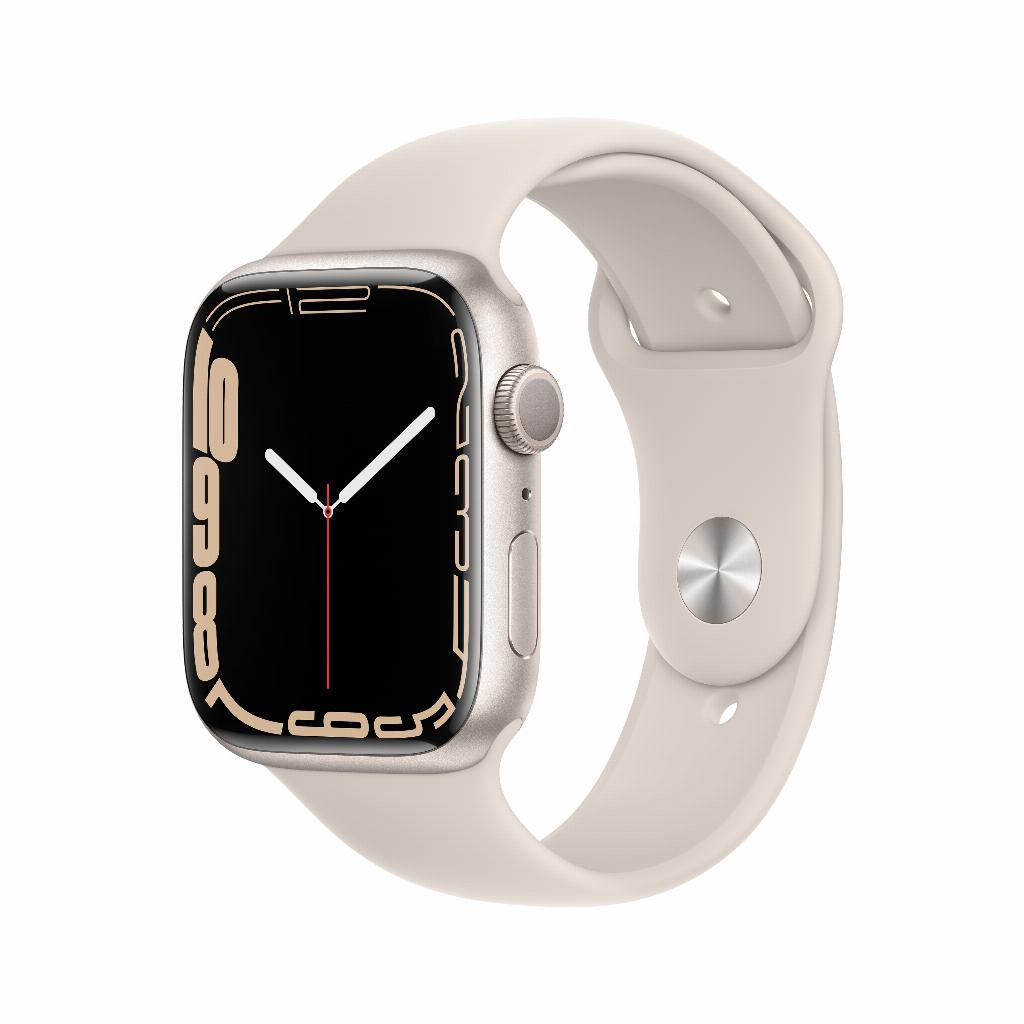Your Apple Watch as a smart sleep tracker
You sleep poorly. You know it. You feel it every morning. That Apple Watch on your wrist promises insight into your sleep patterns, but you wonder if it actually measures what happens at night. Because let's face it: most people charge their watch at night, not wear it. Yet, the Apple Watch turns out to be one of the most underrated sleep tools—provided you know how to use it wisely.
The secret isn't in expensive accessories or extra gadgets. It's all about understanding the sensors already built into your watch and intelligently scheduling your charging sessions . Forget those standard sleep apps that overwhelm you with graphs. With the right approach and a few simple tricks, you'll get more out of your sleep than with any sleep clinic. And yes, your AirPods play a role in that, too.
Useful links
The technology behind sleep measurements
The Apple Watch uses three main sensors to monitor your sleep. The accelerometer registers every small movement during the night, from turning over to the slightest gesture. These movement patterns reveal a lot about your sleep phases. The heart rate sensor continuously measures your heart rate, which drops significantly during deep sleep. In the latest models, the blood oxygen sensor also measures your SpO2 levels throughout the night.
These sensors work in conjunction with machine learning algorithms developed by Apple based on thousands of hours of sleep research. The system recognizes patterns in your movements and heart rate that are characteristic of different sleep stages: awake, REM sleep, light sleep, and deep sleep. Accuracy improves as the watch learns your personal sleep patterns.
Smart charging without missing sleep data
The biggest stumbling block for sleep tracking is battery life. Most people charge their watch overnight, exactly when they need it for measurements. The solution lies in changing your charging habits.
Charge your Apple Watch during your morning routine. Place it on the charger while showering, eating breakfast, and getting dressed. A half-hour charge often provides enough power for the entire day. A second time is in the evening while watching TV or reading. With this strategy, you'll never miss a night.
Turn off features you don't need at night. The always-on display wastes battery power while you sleep. Theater mode prevents the screen from accidentally turning on when you move. Also, turn on do not disturb mode to block unnecessary notifications.
Practical settings for better measurements
For accurate measurements, your Apple Watch should fit snugly on your wrist, but not too tightly. You should just barely be able to fit a finger between them. Wear the watch consistently on the same wrist, as this improves measurement consistency.
Set a sleep schedule through the Health app on your iPhone. This helps the watch anticipate your sleep times. The system automatically switches to sleep mode and starts recording. You can set different schedules for weekdays and weekends.
The Winddown feature prepares you for sleep. An hour before bedtime, your iPhone screen automatically dims and notifications are muted. You can add relaxing shortcuts like meditation apps or soothing music. This routine not only improves your measurements but also your sleep quality.
Interpreting and using sleep data
The Health app displays your sleep data in different views. The day view shows exactly when you went to bed, slept, and woke up. The weekly overviews show trends in your sleep patterns. Pay particular attention to the consistency of your bedtimes, as varying sleep times disrupt your circadian rhythm more than occasional short naps.
The sleep stages chart shows how much time you spend in each stage. Adults need an average of 20-25% REM sleep and 13-23% deep sleep. If you consistently spend less than these percentages, you can experiment with your evening routine. Avoid screens two hours before bed or try a cooler bedroom.
Respiratory rate is a new metric that offers valuable insights. A stable breathing pattern indicates restful sleep. Large fluctuations can indicate stress, alcohol, or an impending cold. This data helps you recognize patterns between lifestyle choices and sleep quality.
Comparison with other sleep meters
Compared to dedicated sleep trackers like the Oura Ring, the Apple Watch has advantages and disadvantages. It's less subtle to wear but offers more functionality during the day. Apple's heart rate monitoring is more accurate during movement, while rings are better at detecting temperature changes.
Sleeping pads measure under your mattress without wearing anything, but they lack personal biometrics like heart rate. They are, however, more accurate at detecting when you get out of bed. For couples who have different bedtimes, a personal tracker like the Apple Watch remains the best choice.
Optimization for different lifestyles
Shift work requires customized settings. Create different sleep schedules for your varying shifts. The watch learns to recognize irregular patterns and adjusts its measurements accordingly. Use manual sleep mode when you need to sleep during the day.
Athletes benefit from the combination of sleep and training data. Recovery after intense training is crucial, and sleep quality is a key indicator of this. Monitor your heart rate variability in the morning; lower variability after poor sleep suggests you should ease up on your training.
Parents of young children can use sleep tracking to measure the impact of nighttime interruptions. Automatic detection records when you get up briefly, giving you insight into your actual sleep time versus time in bed. This helps with scheduling naps or going to bed earlier to compensate for sleep loss.
More than just a gadget
So, your Apple Watch turns out to be more than just a gadget on your wrist – it's a serious sleep tool that tracks your nights without any fuss. It's not about perfect measurements or obsessive data collection, but about recognizing patterns that actually help you.
Whether you work shifts, have young children, or just want to sleep better: with smart charging during your morning routine and the right settings, you'll get more out of your sleep. Start simply with a consistent sleep schedule and build from there. Because ultimately, it's not about the technology, but what you do with it.


